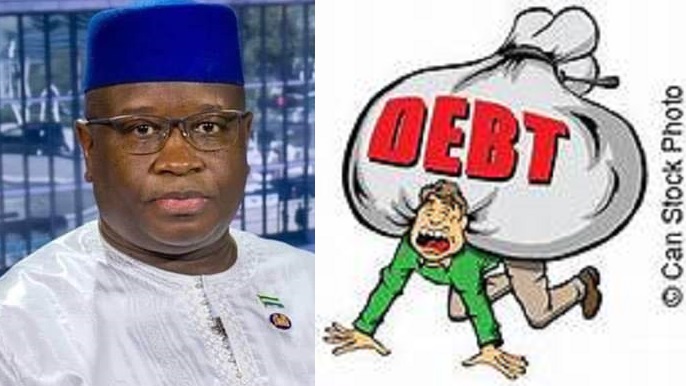The International Monetary Fund ( IMF) has on July 29th 2022, Published its country Report No. 22/260 in which it maintains that Sierra Leone’s debt is sustainable.
It could be noted that in the July 2021 debt sustainability analysis it predicated on. Ambitious fiscal adjustment and continued reliance on concessional financing grant.
However, COVID+19 in 2022 has derailed planned fiscal consolidation and excercebated an already vulnerable debt situation. Acess to budget support grants has decreased after most development partners. Frontloaded disbursement to mitigate the impact of COVID-19 in 2022. According to the following its exceptional support during the Ebola crisis, Sierra Leone’s outstanding debt to the IMF is now the largest among Sub-Saharan African ( SSA) countries and overall debt stock is above regional average.
The country’s debt service Obligation are onerous to the budget , absorbing about 26.2 percent of revenue in
2020. A disaggration of the existing debt portfolio shows a large share of debt owed to the multilateral debtors.
Foreign currency debt accounts for approximately of 50.3 Percent of total public stock) at the end of 20220.This is in turn comprised of loans from multilateral creditors, bilateral, and commercial creditors.
Amongst multilateral creditors, the largest share of debt is owned to the Fund and the World Bank. This makes debt treatment for Sierra Leone, particularly challenging. given the available tools, for example, the G20 common framework for debt treatment.
The report concluded that, Sierra Leone faces a triple challenge of high debt, lower tax base, and large development financing needs.
Debt to GDP ratio, it added has risen rapidly over the last five years primarily due to large macroeconomic and fiscal shocks, and unprecedented health crisis.
In the aftermath of the current Extended Credit facility (ECF) program. putting in place a medium terminal fiscal adjustment path could help guide fiscal policy calibrations to reduce debt towards a credible anchor and establish a sufficient buffer to safeguard against frequent macroeconomic and fiscal shocks.


 Post a comment
Post a comment 









